If you are responsible for your health and a rational approach to nutrition is close to you, then our article will be useful for you. After reviewing it, you can find out what trans fats are, what products they contain, and why it is worth reducing their consumption.
Material Content:
- 1 Fats are different. Types and Types
- 2 What are trans fats?
- 3 History of Nutrition
- 4 What is the danger of trans fats for the human body?
- 5 What diseases can transgenic fats cause?
- 6 Correlation with obesity
- 7 Trans fats and modern kids
- 8 The list of products containing trans fats:
- 9 Why do trans fats continue to be used?
- 10 How to reduce trans fat intake?
- 11 Changing habits and lifestyle
Fats are different. Types and Types

Fats are essential for the body - this is a fact. The work of the endocrine and cardiovascular system depends on them, but not all fats supplied with food are equally useful and necessary.
Everyone knows that they are divided into animals and plants, and there are also liquid and solid. Let's go a little deeper into the structure of the substance and understand where this difference comes from.
Any fat is a mixture of saturated and unsaturated fatty acids. An acid consists of a carbon chain surrounded by hydrogen atoms. So if a molecule is completely covered by hydrogen atoms, such an acid is called saturated, respectively, if they are not enough, unsaturated.
Solid fat is a mixture of acids, most of which are saturated. These fats include animal fats. They are represented by products such as butter and lard.
In liquid fat, unsaturated acids occupy a larger volume. Examples of such a product are all vegetable oils and some animal fats, such as fish oil.
As you can see, the molecular composition determines the physical properties. Liquid oils with a predominance of unsaturated acids - flowing, have a low melting point. Solid - dense and melt at higher temperatures.
In the composition of products, another type of fat can be found - hydrogenated. It is used as a substitute for expensive milk fat. This is a substance of artificial origin, which is obtained mainly from cheap vegetable oils. Under the influence of high temperatures and chemical catalysts, unsaturated acids get the missing hydrogen, and the liquid fat turns into solid, with all its inherent physical properties.
In the food industry, the production of hydrogenated fats or, as they are also called salomas, is of great importance. Agriculture is not able to fully satisfy the need of processing enterprises for animal fats. Therefore, artificial analogues are often used instead.
What are trans fats?
Trans fats are by-products resulting from the hydrogenation reaction in the production of salomas. When liquid fat is saturated with hydrogen, not all of its molecules are overgrown with missing atoms. Some of them change the spatial structure, turning into dangerous compounds.
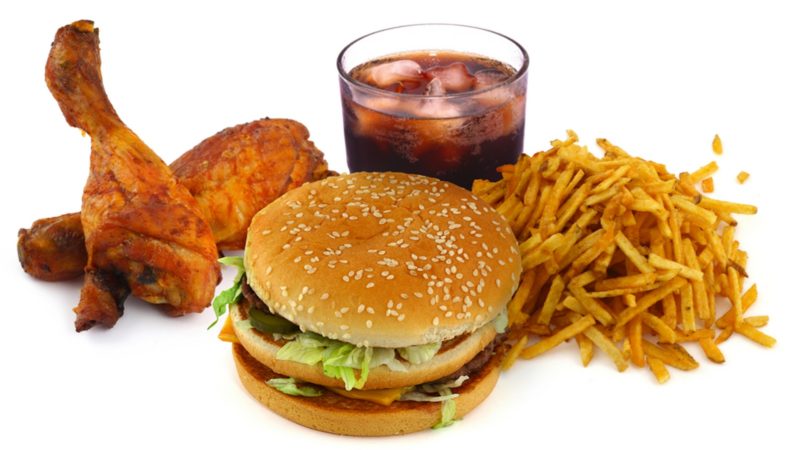
That is, they may not take hydrogen, but change shape, turn any of their parts to the other side. And then we can talk about the appearance of a transisomer - a substance of a similar composition, but of a different structure.
Often you can find another name - "transgenic fats", but it is not true. Since this is not about the genome, but only about the structure of the molecule.
Trans fats are the spatial isomers of fatty acids, the normal molecules that make up natural fats. Only now they have completely different properties, and they can not be called useful in any way.
In a small amount, trans fats are present in natural oils. They are formed as a result of the activity of bacteria that inhabit the stomach of ruminants. Partially turn into meat and milk. From there they fall into the product.
In solid milk fat, their content ranges from 2 to 8%. While in hydrogenated oils obtained industrially, their share can grow up to 67%. It is worth noting that trans fats obtained artificially and naturally have completely different properties.
History of Nutrition
In the 1890s, the future Nobel laureate P. Sabatier decided to carry out the hydrogenation reaction in practice. What came of this, we all already know. In our country, an attempt to harden liquid fats was first made by the scientist S. Fokin in 1906.
But the German researcher V. Normann went further. He created industrial equipment that made it possible to obtain solid fats from liquid oils, and in 1909 he patented his own production technology. In 1911, he sold his patent to a company that put into practice the experience gained by Procter and Gamble. She created the first of its kind, a hydrogenated cottonseed butter dough improver.
Fat hardening is widely used in the food industry. Hydrogenated oils began to be added to products and semi-finished products to maintain the structure and preserve their appearance. Artificial fat, compared to natural, has a higher melting point, does not hide outside the refrigerator. It tastes like butter, so it is able to significantly "ennoble" the product.
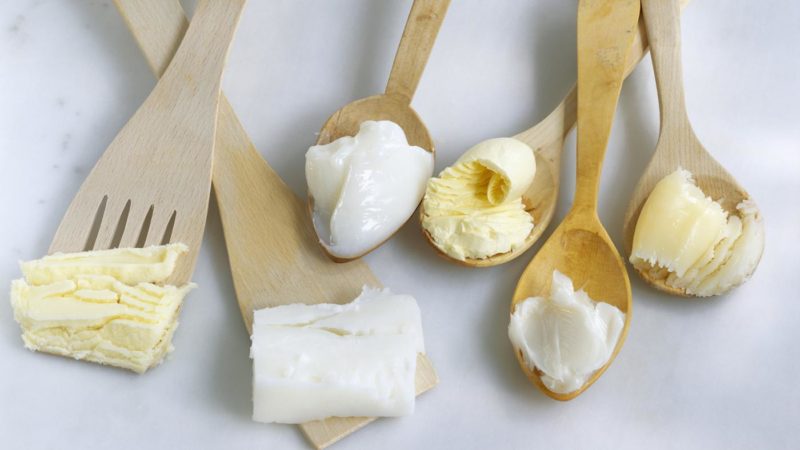
They began to use hydrogenation for more mundane purposes. Thanks to her, the shelf life of perishable products has increased. Since solid fat contains fewer unsaturated molecules, it is heavily oxidized, and therefore does not deteriorate for a long time. They began to use hydrogenation to preserve such valuable products as whale oil.
What is the danger of trans fats for the human body?
Trans fats have the ability to replace lipids, which are part of the cell membrane, disrupting its structure. The affected cell loses the ability to fully eat and remove harmful substances. Subsequently, it ceases to fulfill its function. When there are many such cells, it begins to affect the functioning of the organ or even the whole system.
The use of trans fats leads to metabolic disorders and the accumulation of toxins.
All this can be the cause of any disease.
To the question "How to remove trans fats from the body?", You can immediately answer - no way. They are not displayed independently. Their disposal is possible only together with the affected cells. All tissues of our body are constantly updated. Some cells die, others appear. Only thanks to this process the body is cleansed over time, provided that dangerous isomers do not get into it again.
What diseases can transgenic fats cause?
In the 1990s, publications began to appear on the effect of trans fats. It was found that the use of products containing such components, primarily affects the work of the heart and blood vessels.
Trans fats upset the balance between bad and good cholesterol. This equilibrium shifts toward heavy molecules. They are able to form conglomerates, which subsequently adhere to the walls of blood vessels and narrow their lumen.

With the accumulation of "bad" cholesterol in the body, the risk of:
- heart attack;
- a stroke;
- coronary heart disease;
- atherosclerosis;
- diabetes
- obesity.
It has been established that in the United States more than 20,000 deaths are recorded per year due to diseases caused by eating trans fats.
Some studies show that the presence of these components in the body of a future mother can provoke mutations in the fetal genome.
As you know, sex hormones are formed from low molecular weight cholesterol. The shift of equilibrium towards large molecules leads to disruption of the reproductive system, which in the end can turn into infertility.
The accumulation of carcinogens in the body increases the risk of cancer, Alzheimer's disease, and depression.
Correlation with obesity
There is an indirect link between the excessive consumption of trans fats and obesity. Against the background of cholesterol balance disturbance, changes occur in the endocrine system. Due to the lack of hormones, the process of lipid utilization is inhibited. Fats begin to be deposited in the tissues, which subsequently can lead to obesity.
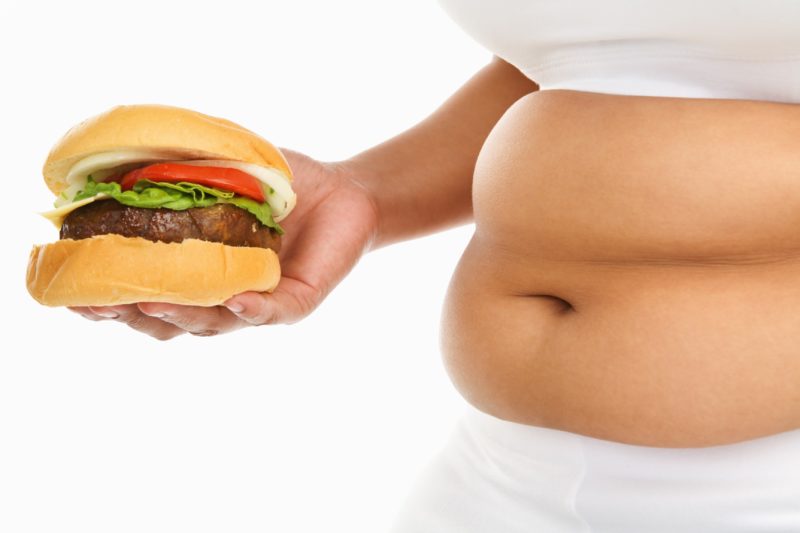
According to the WHO, the number of overweight people has doubled over the past 20 years, and trans fats play an important role in these statistics.
Trans fats and modern kids
Modern children spend more and more time outside the home. This directly affects their eating behavior. With this way of life, snacks on the go between classes become the norm. To make up for the lack of energy, the child subconsciously seeks to eat something high-calorie. Advertising also plays a role. Instead of healthy food, he chooses snacks, sweet bars or fast food.

Most of what is sold in fast food restaurants contains hydrogenated oils, and with them trans fats. Fast food not only satisfies the need for food, but also causes irreparable harm to health.
Most of the snacks so beloved by children: popcorn, chips, fast breakfasts abound with trans fats. Fighting with improper eating behavior is necessary, first of all, eradicating the habit of eating on the go.
The list of products containing trans fats:
We remind you that in an insignificant amount trans fats can be found in natural products, but in natural oils they have a completely different composition. There are a huge number of trans isomers, but only a few of them have been studied.
The largest amount of harmful oils is found in hard margarines and cooking oil. There, their share reaches from 18 to 67%. The following is a list of products containing trans fats. Having become acquainted with it, you will better understand what is at stake.
Trans fats in butter
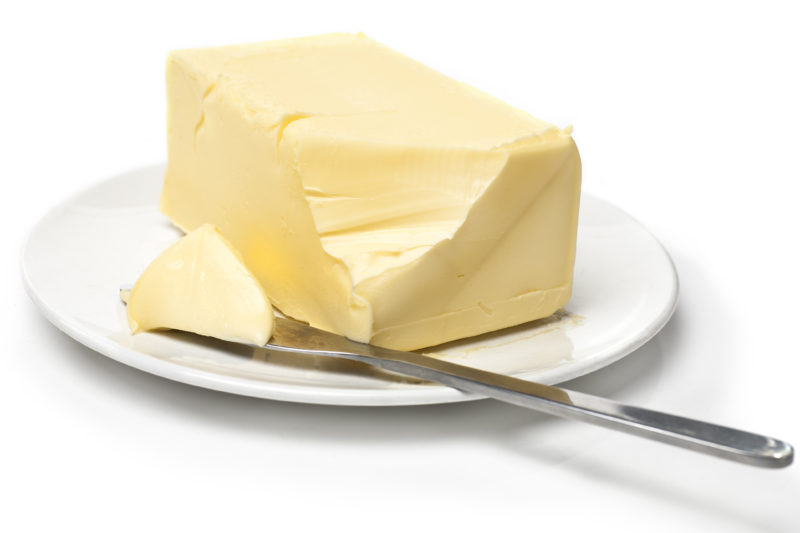
In natural butter made exclusively from milk cream, the content of natural transisomers is in the range of 1.6-6.8%. These are non-artificial trans fats, their action does not have a detrimental effect on the body.
It is worth paying attention to the inscriptions on the package. The product should be called "butter", consist of milk cream and have a fat content of 78 to 82%.
Trans fats in vegetable oils

Refined vegetable oil contains less than 1% natural trans fats, the use of which is also not dangerous. These oils are useful to use fresh, adding to salads.
Trans fats in margarine
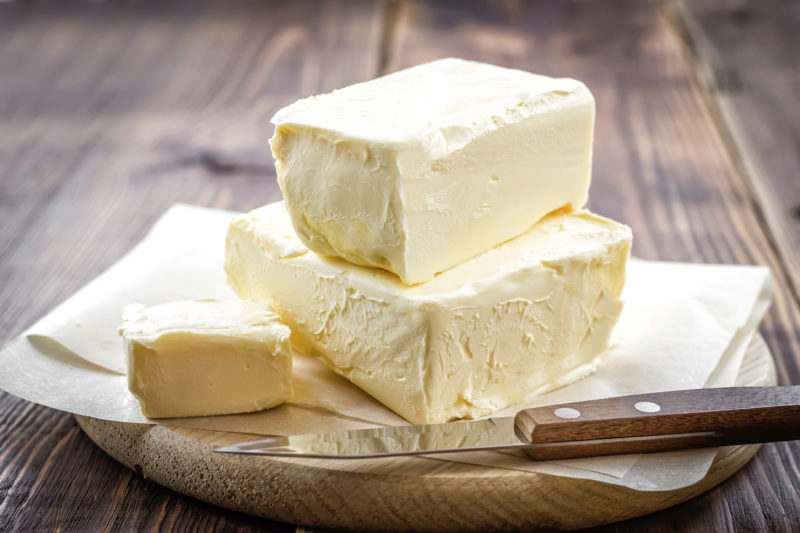
This category includes the most dangerous foods in which the trans fat content is especially high. On the basis of margarines, most of the confectionery is prepared (cookies, waffles, cakes, rolls, sweets, etc.).
On the labels of such products, it can be referred to as:
- cooking oil;
- milk fat substitute;
- hydrogenated fat;
- Palm oil;
- a mixture of vegetable oils;
- spread.
For home use, instead of margarine, it is better to purchase refined vegetable oil for frying, ghee or butter for baking.
Trans fats in mayonnaise

Natural vegetable oil in mayonnaises and any other industrial sauces can be partially or completely replaced with hydrogenated, which will provide the product with a long shelf life.
Chocolate Trans Fat

In sweet tiles, expensive cocoa butter is replaced with low-quality hydrogenated fat to reduce the cost of the product. It also increases the melting temperature of the tile, does not allow it to melt in the heat.
The expression "melts in the mouth, not in the hands" just has nothing to do with good chocolate. The real must melt in your hands.
Fast food
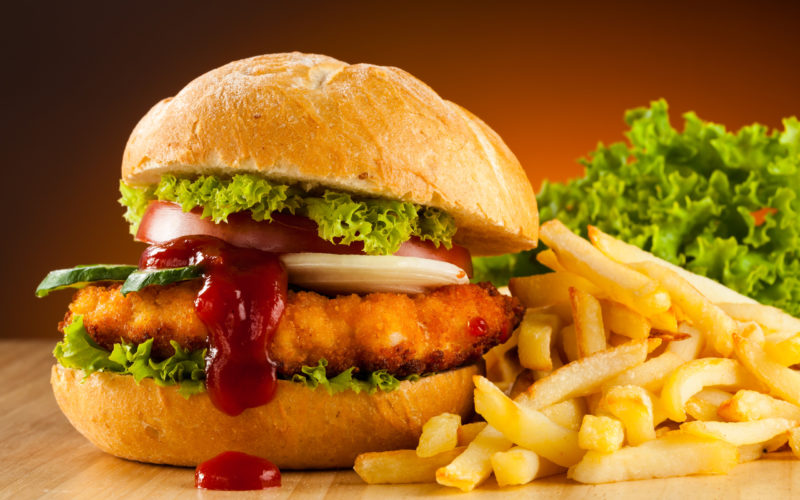
Any processed foods are prepared using hardened fats containing trans isomers. Even seemingly simple buns for burgers, in fact, are not so harmless. To prove this, they can be stored for six months. And all thanks to the "nuclear" composition.
Meat semi-finished products and sauces are also protected from spoilage and loss of appearance due to the inclusion of hydrogenated fats in them.
Deep-Fried Products

Trans fats are formed by frying food in low-quality, unrefined vegetable oil. The harm increases at times if the fat for frying does not change on time.
Fast food restaurants from this category offer dishes such as:
- French fries;
- Donuts
- nuggets;
- fish fingers;
- deep-fried squid rings.
Other products
What foods contain trans fats other than those listed above? Roasted peanuts and popcorn can be classified as junk food. Solid vegetable fats are present in sausages, convenience foods, and ready-made frozen meals.
Why do trans fats continue to be used?
It is more correct to say that they use not trans fats, but hydrogenated fats, since trans isomers are only a by-product of their production. Industrial enterprises do not set out to obtain trans fats. They make solid fats from liquid, but due to the low quality of the feedstock, a large amount of harmful impurities is formed.
It is unlikely that the modern food industry will be able to refuse hydrogenated fats. There is a great need for them. These fats cannot be replaced with the same amount of natural solid oils.
There are economic benefits to using margarines. Products with them are stored longer, hold their shape better, cost less.Therefore, it remains to be hoped that industrialists will begin to more carefully approach the choice of raw materials for the manufacture of artificial fats.
Since the 2000s, Europe has been actively fighting the content of trans fats in products at the state level. They are completely banned in countries such as Austria, Hungary, Denmark, Switzerland, Iceland. Europe is gradually moving towards abandoning the use of partially hydrogenated vegetable oils in products, which contain the most dangerous isomers.
In our country, there is GOST, according to which the proportion of harmful components in solid fats should be limited to 8%. But with the formation of the Customs Union, this document has lost its binding character, since neighboring countries are not ready to fulfill this condition due to the low technical equipment of their food enterprises.
How to reduce trans fat intake?
To do this, it is necessary to minimize the use of prepared and industrially processed food. Buy fresh, raw, natural products and cook them yourself.

During the heating of vegetable oil, trans fats can also form. Therefore, such a method of cooking food as frying is best replaced by stewing, cooking and baking.
Changing habits and lifestyle
You can improve the quality of life by abandoning the bad habit of snacking on the go.

If there is a need to eat something, but there is no time to cook or eat thoroughly, then it is better to have a snack, but using healthy products:
- fruit
- dried fruits;
- nuts
- yoghurts;
- cottage cheese.
At home, also try to cook natural foods without industrial sauces. The same mayonnaise can be replaced with sour cream, which is more good and less harm.
We hope the information provided is helpful to you. Now, when buying products, you will make informed choices.












